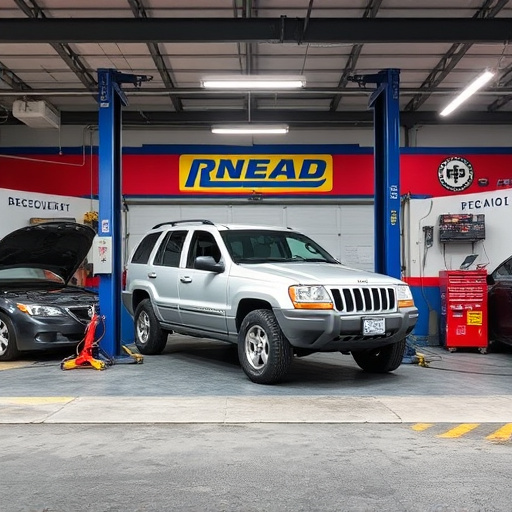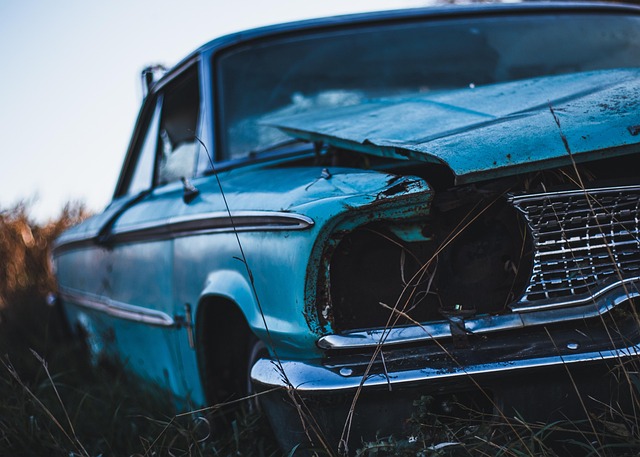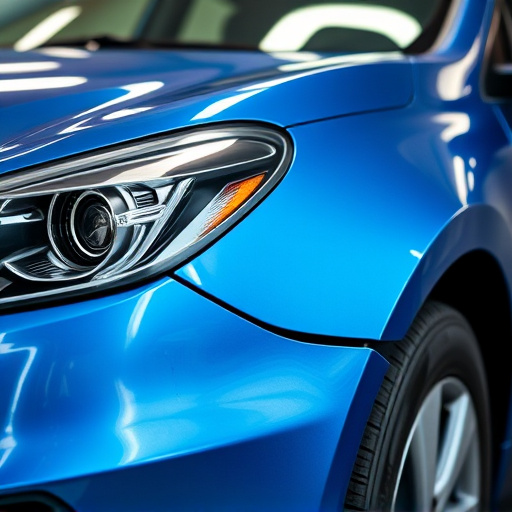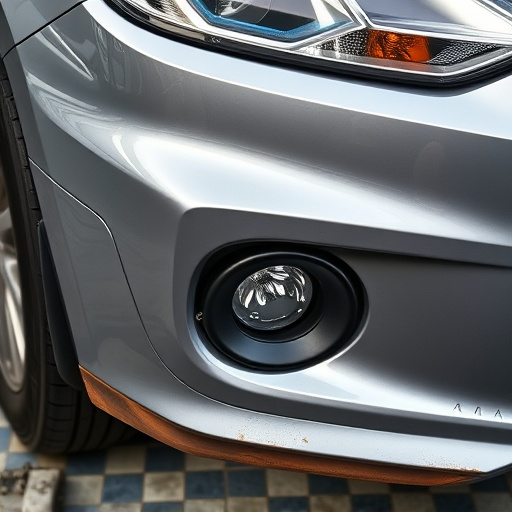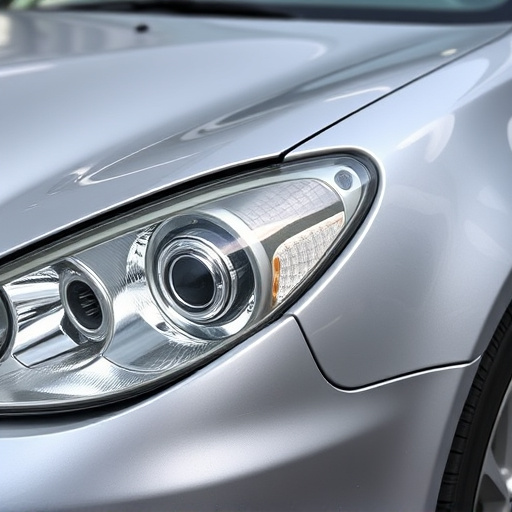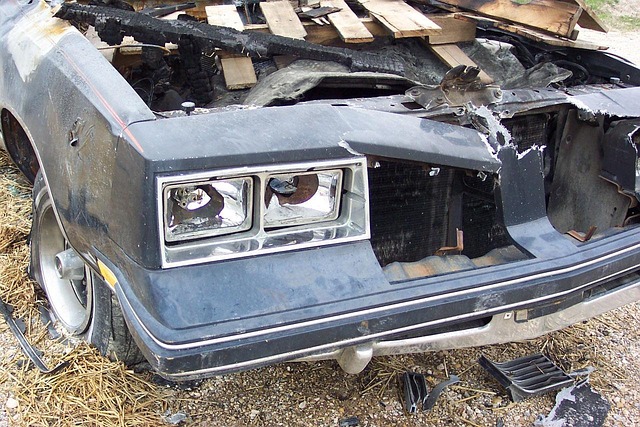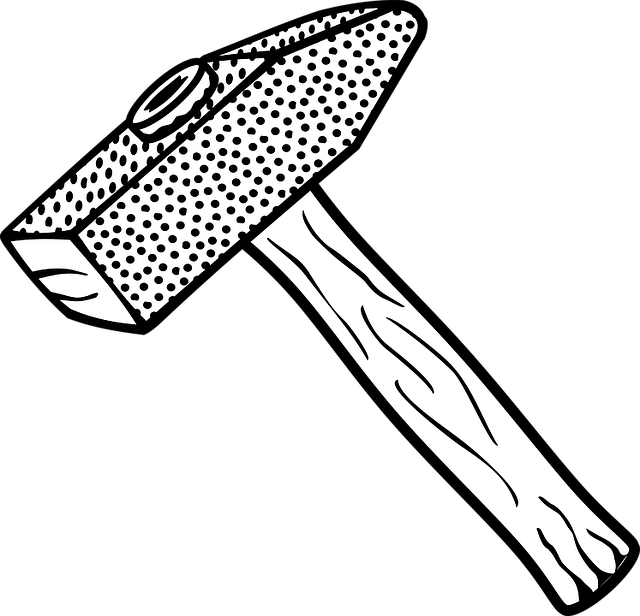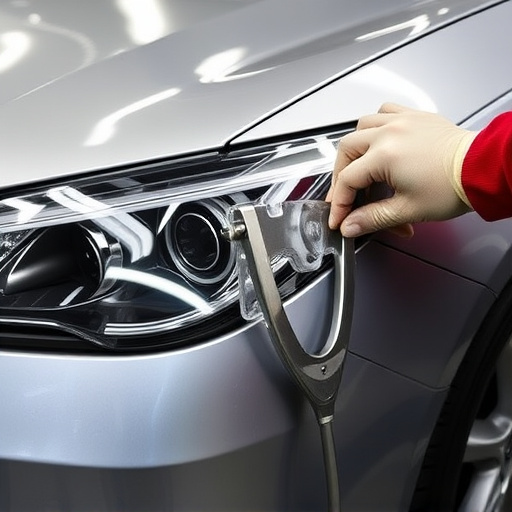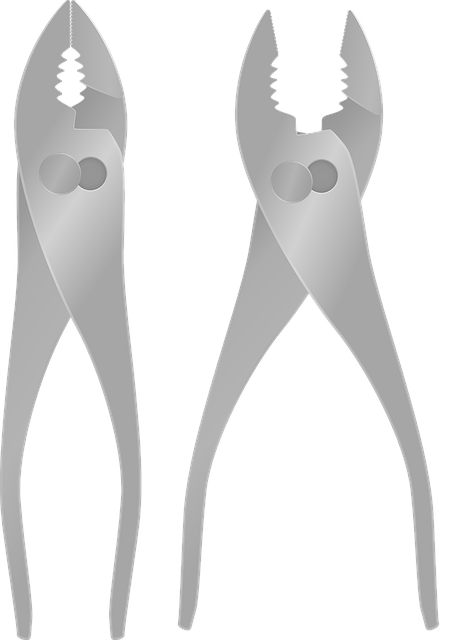Quarter panel dent repair involves assessment, panel removal, metal shaping, putty/filler application, sanding, priming and painting. Costs vary based on damage severity, vehicle type, location, shop reputation, insurance coverage, and age of the vehicle. For significant or complex dents, replacement is a cost-effective alternative offering long-lasting results.
Looking to fix a dented quarter panel? This comprehensive guide breaks down the process, cost, and when replacement is the smarter choice. Understanding the intricacies of quarter panel dent repair is key before visiting a mechanic. We’ll walk you through each step, analyze pricing factors, and provide insights on when new is truly better than repairing. Make informed decisions with this essential resource for quarter panel dent repair.
- Understanding Quarter Panel Dent Repair Process
- Cost Analysis: Factors Influencing Repair Expense
- When Replacement Becomes the Better Option
Understanding Quarter Panel Dent Repair Process

The process of quarter panel dent repair is a specialized form of automotive body work that addresses damage to this specific vehicle component. It involves several steps designed to restore the panel to its original condition. First, the technician carefully assesses the extent of the dent and its impact on the overall structure. This may include using tools to measure and map out the area, ensuring precision in the repair process.
Once evaluated, the repair begins with careful removal of the affected quarter panel from the vehicle body. This could involve detaching nearby panels or components for easier access. The next step is shaping and smoothing the dented metal, often through techniques like hammering, blending, and using specialized tools to match the original contour of the quarter panel. After achieving a smooth surface, the technician may apply putty or filler, sand it down, and prime the area before painting to ensure a seamless finish that matches the vehicle’s existing color. This meticulous process is a key aspect of quarter panel dent repair, demonstrating expertise in automotive collision repair.
Cost Analysis: Factors Influencing Repair Expense
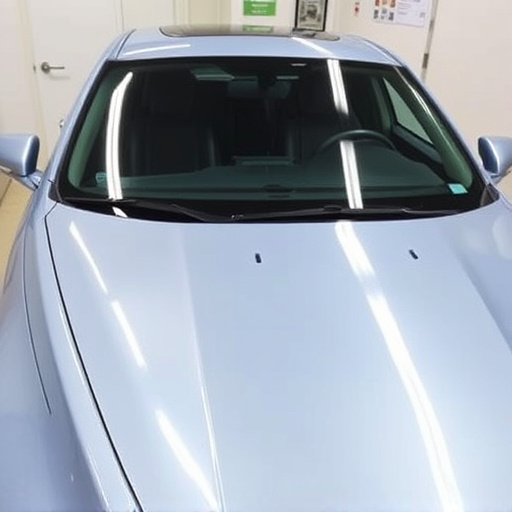
The cost of quarter panel dent repair can vary widely depending on several factors. One of the primary influences is the severity of the damage; minor dents may only require painting, while more significant dents might necessitate replacement parts and extensive labor. The type of vehicle also plays a role; luxury or high-end cars often come with higher material and labor costs due to their intricate design and advanced features. Location can be another factor, as prices can differ between urban areas with higher labor rates and suburban or rural regions.
Additionally, the reputation and capabilities of the auto repair shop or auto collision center matter. Specialized facilities offering expert vehicle paint repair services may charge premium rates for their precision and use of high-quality materials. Insurance coverage is also a significant consideration; some policies may cover dent repair while others might not, influencing out-of-pocket expenses. Finally, the age of the vehicle can impact costs, as older models may have harder-to-find or more affordable replacement parts compared to newer vehicles.
When Replacement Becomes the Better Option

In cases where the dent is extensive or located in a complex area, such as the quarter panel, replacement might be the more practical and cost-effective solution. While quarter panel dent repair can restore minor dents, deeper damage often requires more than just filling and painting. When the impact has caused structural integrity issues or the panel needs to be realigned, a complete replacement offers a more permanent fix.
Choosing a reputable vehicle body shop in such scenarios provides several benefits. Skilled technicians can assess the extent of the damage accurately and recommend the best course of action. A collision center with state-of-the-art equipment will ensure precise cutting and fitting, leading to a seamless finish that matches your vehicle’s original specifications. This option may cost more upfront compared to quarter panel dent repair services, but it guarantees long-lasting results, preserving the overall value of your auto.
When deciding between quarter panel dent repair and replacement, understanding the cost implications is key. The repair process offers a cost-effective solution for minor dents, but significant damage or frequent repairs can accumulate expenses. Replacement becomes the more appealing option for severe cases, as it provides a fresh panel with improved structural integrity. By analyzing the factors influencing repair costs and considering the long-term benefits of replacement, vehicle owners can make informed decisions regarding quarter panel dent repair, ensuring both aesthetic satisfaction and financial wisdom.


